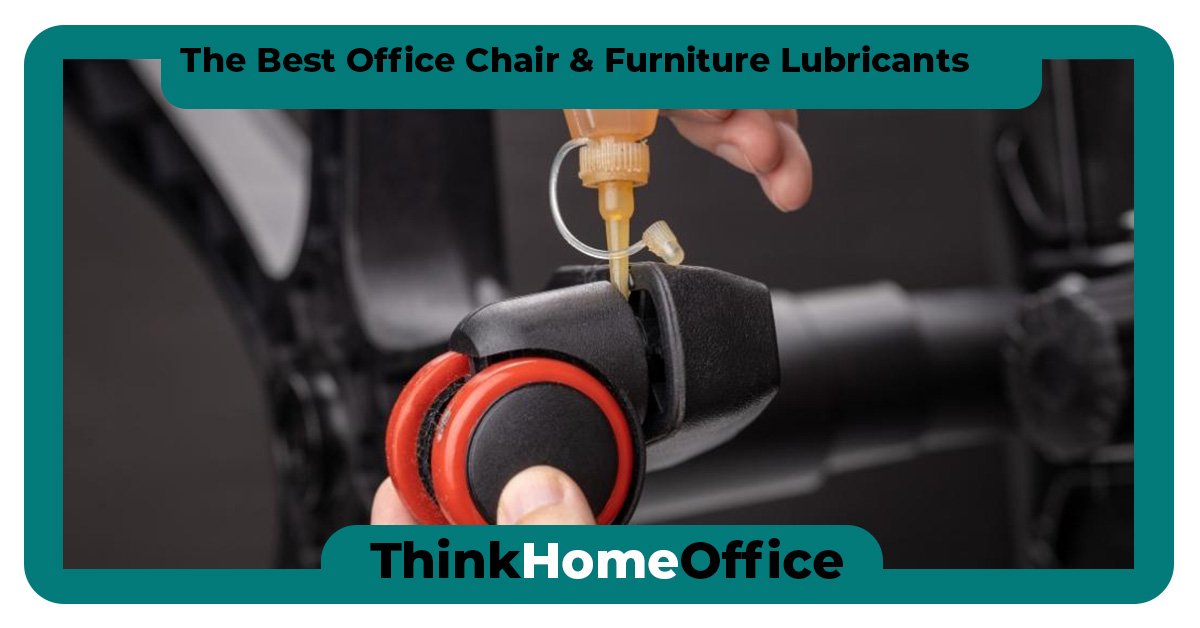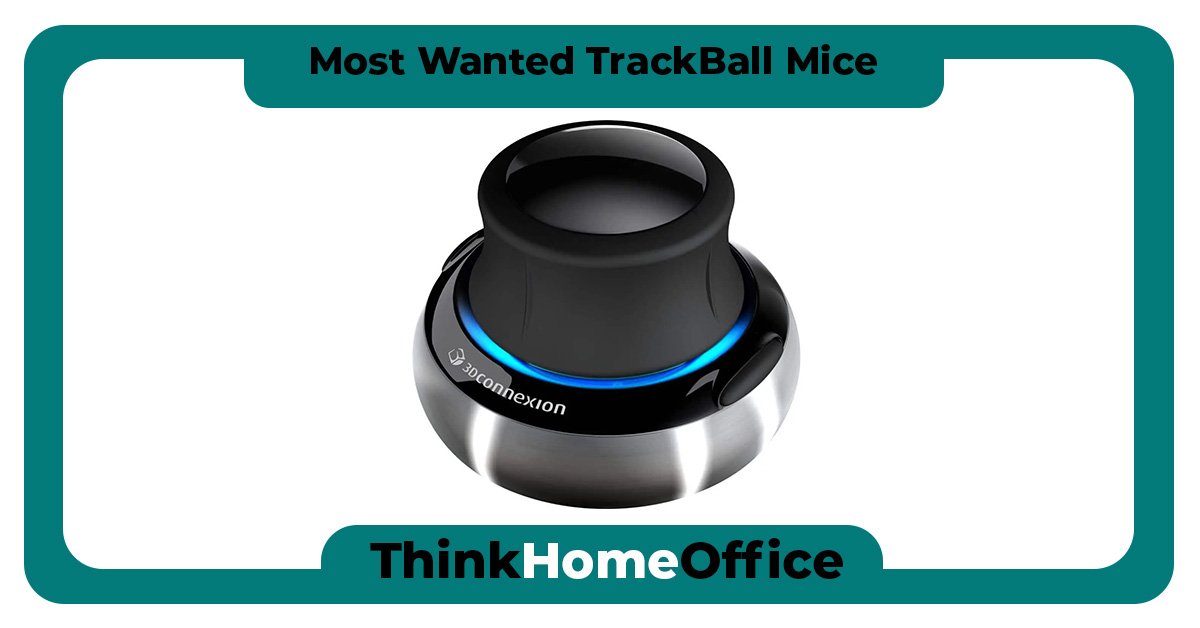If you’re an office or home worker, you could spend up to 40 hours a week sitting in an office chair. That’s a lot of time, and if your chair is squeaking; that can prove to be really distracting and annoying. You’ll either be annoying your work colleagues, family members… or just driving yourself crazy.
So, how do we get that squeaky office chair fixed?
In this article, we will teach you how to diagnose and fix a squeaky office chair in easy steps! Remember, after each attempted fix, give it a good test!
Invariably the squeak will be caused by either a loose fixing, which should be tightened; or by friction between two moving surfaces which can be fixed by the application of a good quality lubricant.
Identify the source of the noise
First, identify where the noise is coming from. Sometimes it can be difficult to determine what’s causing the squeak, but it’s commonly either the wheels, pistons, springs or the armrests. For ergonomic chairs it may also be the back-support or base as these are often made of plastic or metal, and are designed to move and flex.
Some noise should be expected.
What are the common sources of a chairs squeak?
One of the most common sources of a chair squeak is when the screws that hold the caster wheels in place become loose. If this is the case, all you need to do is tighten them up.
Another source of a chair squeak can be due to worn out or damaged casters. In this case, you will need to replace the casters.
A chair can squeak due to a lack of lubrication on the moving parts of the chair, such as the arm rests.
Adjustable height office chair – If your chair squeaks, check where you adjust the height, it could be because the height adjustment fixings are loose. Most likely the chairs main piston.
A final common source of a chair squeak can be due to problems with the springs in the chair. If this is the case, you may need to take the chair to a professional in order to have the springs repaired or replaced.
Tighten screws and bolts
If screws or bolts seem loose, tighten them up using a screwdriver or wrench. This will help keep all of the chair’s components in place so they don’t move around and cause friction. Be careful not to over-tighten these fixingss though, as you could damage them or their surrounds.
Don’t overdo it!
Adjust them properly by hand before tightening them down again – firmly enough; but not too much that may strip a plastic or even metal thread. This ensures the parts won’t be worn excessively and will have the best chance to maintain optimal performance levels throughout their lifetime.
Check for debris or dust build-up
Debris or dust can build up over time on moving parts of an office chair and cause it to squeak. Clean these parts and see if that fixes the issue. Sorry, even your chair needs to be dusted at some point!
Lubricate the chair’s moving parts
Once you have identified the source of the noise, it’s time to lubricate those parts! A little bit of silicone spray or WD-40 should do the trick. The latter will be more readily available, but read this for the best lubricant to fix a squeaky office chair.
If your chair has armrests, be sure to spray them too. While you have the lubricant, spend some time checking which other areas you may also want to lubricate, such as the wheels and base. Though the wheels may require a thicker lubricant. The common WD-40 type lubricant may not normally be the right one to use – you don’t want it ruining your carpet. They have silicone variants (WD-40 Specialist) which is designed for other uses – than their traditional mechanical applications.
Something like Liquid Bearings or Squeaks Gone may be better for use on a piston or the chairs wheels / casters. Use in moderation!
What are the tools needed to fix a squeaky office chair?
To fix a squeaky office chair, the tools you will need are dependent upon the types of fixings that your chair has. If your chair has screws, you will need a screwdriver. If your chair has bolts, you will need a Adjustable Wrench or socket set.
Chairs that have plastic caps on the end of the legs can be removed with a prize tool, then fixed with a rubber mallet if they are too tight to be done by hand.
The most common tools that are required are:
- Flat Head Screwdriver
- Phillips Screwdriver
- Adjustable wrench, or Socket Set.
- Some chairs may utilize Alan head screws or bolts, so an Allan Key set may need to be sourced.
Most chairs come with the tools that are required to assemble them – so, hopefully, you still have them. If you are not sure what tools you need to fix your chair, try to locate the chairs documentation that came with it, visit the manufacturers website or call them for assistance.
What if the squeak is coming from the chairs gas piston?
If the squeak is coming from the chairs gas piston? you can try to lubricate it with a small amount of WD-40 or spray silicon. If this does not work, you may need to replace the gas piston.
To repair a chairs gas piston:
1 – remove the screws that hold the chair cover in place
2 – locate the gas piston and remove it
3 – apply a small amount of Liquid Bearings or your own lubricant to the new piston
4 – reattach the piston and screws
If you are unable to fix the squeak on your own, contact a professional office furniture technician for help. They will be able to identify the problem and make any necessary repairs. In all likelihood it would be cheaper if you could source and replace the part. Try to locate a part number, and then perform an internet search.
What if the squeak is coming from the chairs Tension Spring?
If the squeak is coming from the chairs Tension Spring? you will need to adjust or replace the tension spring.
To do this:
1 – remove the screws that hold the chair cover in place
2 – locate the tension spring and remove it
3 – apply a small amount of Liquid Bearings to new part
Note – It is imperative that you use one of these two products, as they are designed specifically for lubrication purposes. Using other types (such as cooking oil) may cause damage over time!
Some chairs may have several Tension Springs, repeat the above steps for each one.
If you are unable to fix the squeak as detailed, and it still squeaks, consider replacing the spring(s) – but only if you are certain it is the offending item. It may be a frustrating, even costly mistake to replace a part that didn’t need replacing.
Replacing the spring may prove to be difficult. Either consult the manufacturers documentation, or find a part number from the spring and ask Google for help!
Want to see a useful video?
Below is a Youtube video that will give you an idea of what may be involved if you have an ergonomic or multi-mechanism type of office chair.
To Wrap Up…
You may have done the above and either not located the source of the noise, or were unable to fix it. If the former, see if you can get a family member or friend to assist you in tracking it down. If the latter, then you can either search for a professional to fix it, or buy a new chair.
The costs of a fix could be more than you’d bargain for, so try to get an up front assessment first. The chair may even be old, worn-out or beyond economical repair. In which case consider getting a newer model, or one that is of a more ergonomic and comfortable design.
Ideally this guide has helped you get rid of that noise, and you have now found a new love in your life – Oil or Silicone chair lubricant.
So, either enjoy your now silent office chair, or make it squeal even more so your family or colleagues will buy you a new one!






